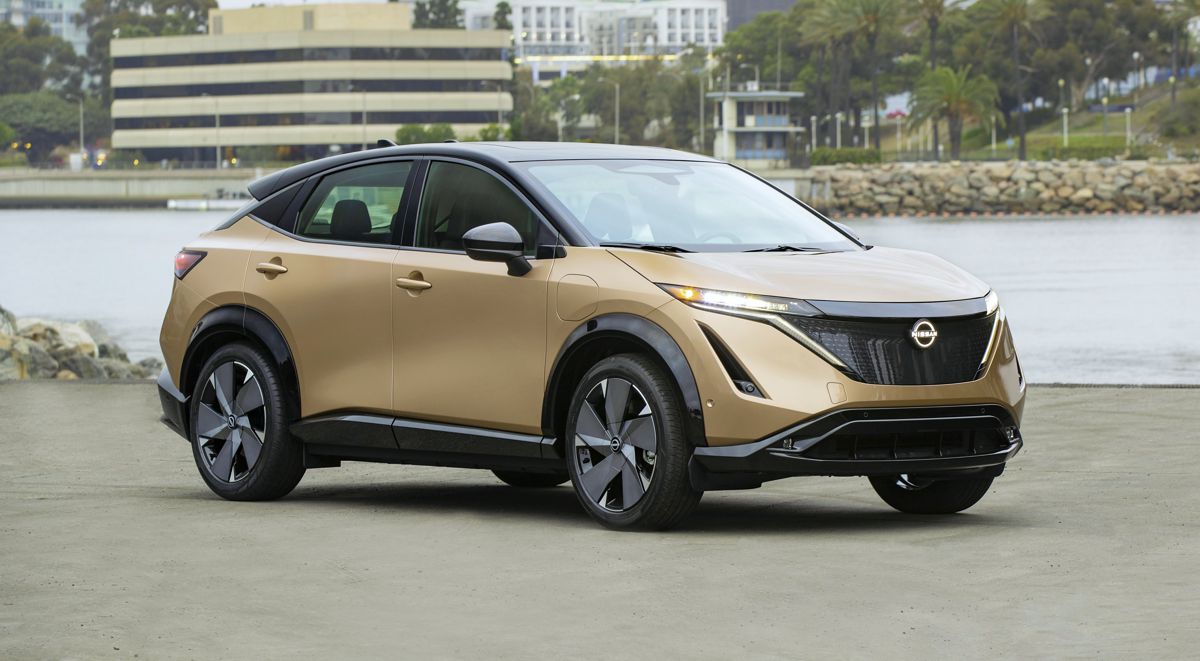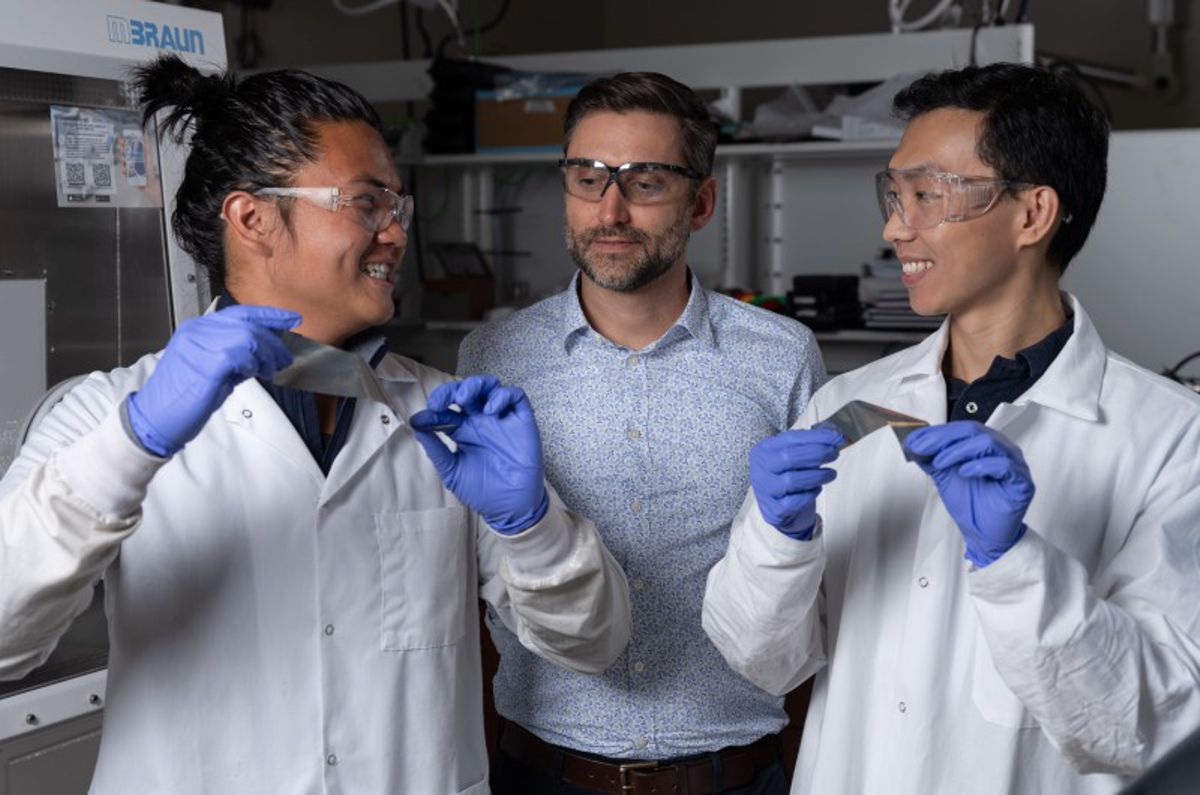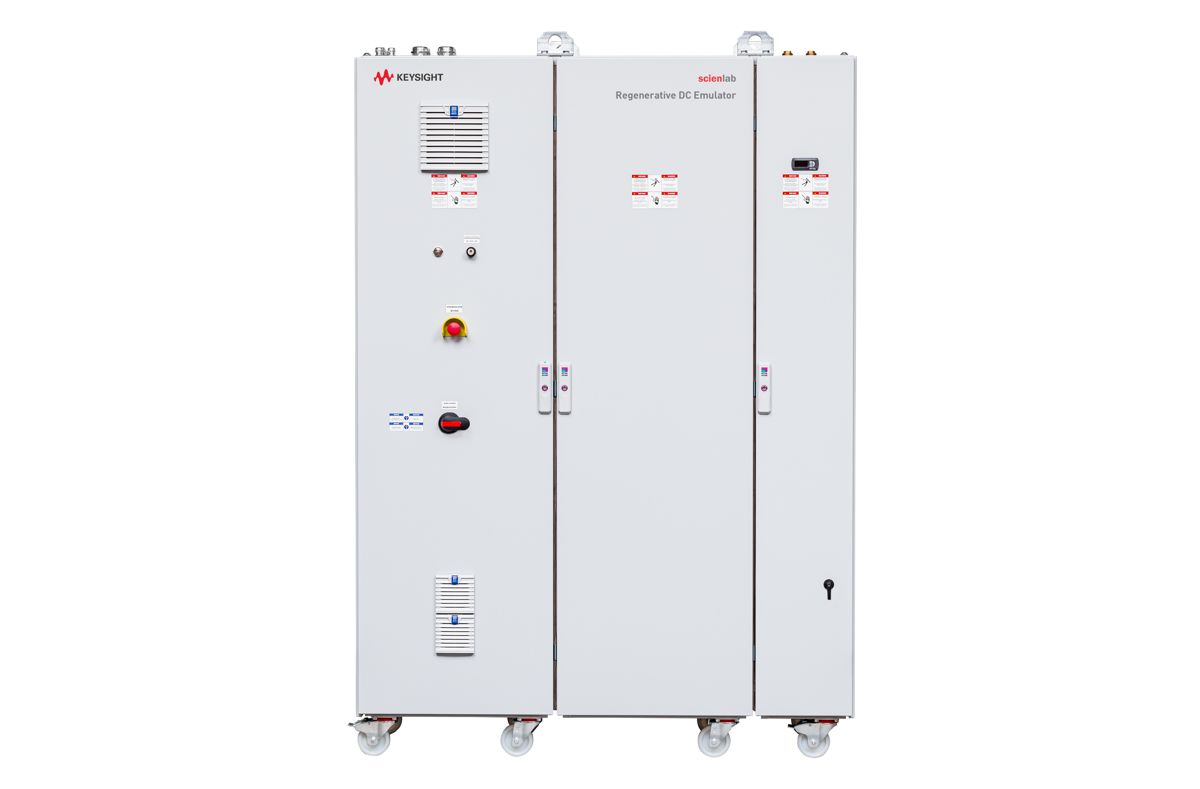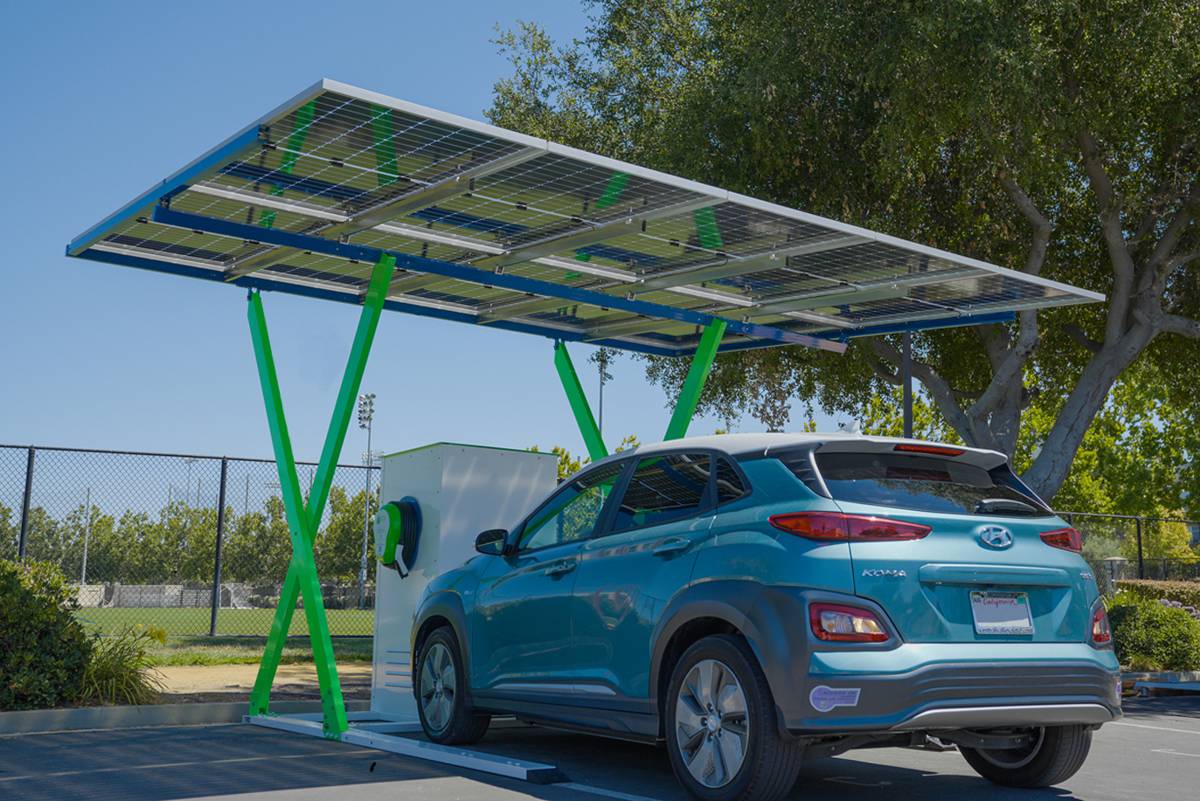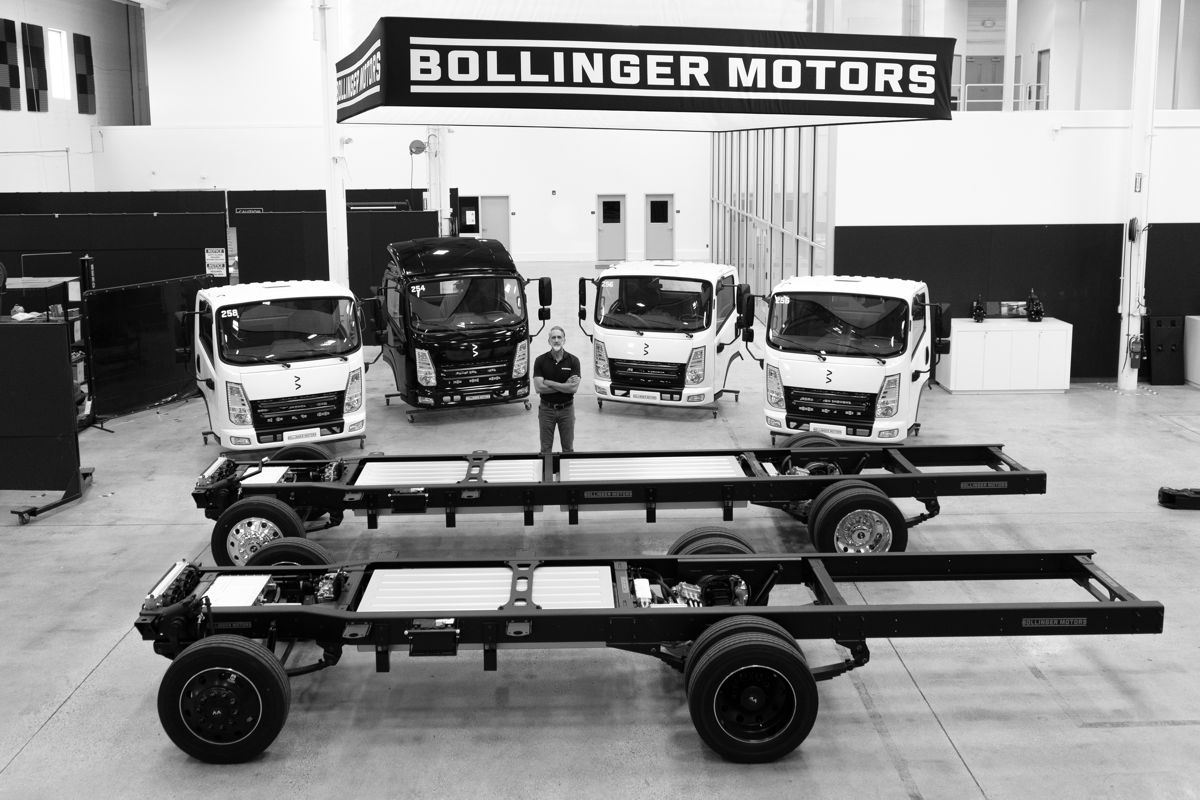Cenex LCV and CAM events return for 15th Anniversary in September
As the UK looks to be competitive in its motor industry supply chain as well as transitioning to net zero manufacture (amongst other environmental challenges) we know the next 10-20 years are crucial.
The CENEX LCV and CAM events have been running for 15 and 4 years respectively and aim to highlight emerging technologies in low carbon vehicles.
Ahead of the 15th anniversary of CENEX LCV in September, Cenex CEO, Robert Evans, discusses what visitors to the event can expect, and how close they are to achieving their environmental and technological goals.
1. What are you looking forward to most about this year’s event?
“I am looking forward to seeing a return of international visitors to our event. We’ve historically had attendees from all over the world – industry leaders and policy leaders from international markets. Covid-related travel restrictions prevented us from hosting international visitors for face-to-face meetings in 2022 and 2021.
“For 2022, a lot of work is underway now to pave the way for the international delegations and I’m looking forward to welcoming them again and to seeing them actively engage with UK attendees across all event features. Also, as is the same for each event, I’m very excited to see the new technology showcased and to hear industry and government leaders talk about tackling the next set of challenges.”
2. With the 2030 and 2050 targets, how close are we to seeing them being achieved, and what do we need to do differently to make sure we improve/stay on track?
“Commencing from 2030, there are targets for the phase out of internal combustion engines that are accelerating the shift to electric mobility for vehicles of all types across international markets. These are key steppingstones toward enabling the Net Zero targets being set for 2050. In the UK we see a very strong momentum directed towards the 2030 target for all passenger car sales to be electric and that’s very reassuring. But still, there needs to be a scale-up in the industrialisation of key components and systems within the UK as well as the global supply chain.
“Current electric vehicle sales represent a low but growing percentage of overall vehicle sales and the high growth phase for switching production capacity to electric is ahead of us. Bottlenecks in semiconductor, battery and motor supply are being addressed. As we get closer to the 2030 target for passenger cars, we may find that the last 10,15 even 20% becomes the hard part. So, there is certainly an ongoing need for enhancements in technology which will enable the mass market supply of the most energy efficient electric vehicles.
“Also, there are innovations and market developments to be made in the way these electric vehicles are recharged. For instance, there’s an ongoing debate about how many charging points we’re going to need, and how we have to transition the electricity system to be able to recharge effectively when we have significantly larger numbers of electric vehicles on UK roads. Also, what will be the charging solutions for commercial vehicles, particularly as batteries are deployed in the heavier weight categories. We have a huge potential to unlock green renewable electricity supply, but we need to be able to supply this green electricity to electric vehicles with the appropriate infrastructure in a host of locations that suit all customers.
“The Cenex LCV event has the long-term focus and has always been the event to showcase developments on the roadmap to 2030, 2040 and 2050 and to discuss the technical, policy and infrastructure requirements. This long term view brings hydrogen as well as electric into play – so there is a lot to be worked through to reach government and industry consensus on both vehicles and supporting infrastructure.”
3. With the return of the international delegation, does that add an extra level of prestige to this event?
“The motor industry in the UK supplies global markets and the new as well as the existing players are investing in the technologies needed for both low carbon and connected automated mobility. They are doing this with the expectation that they are open for business.
“Our Cenex event audience includes the key technical and commercial staff within the innovators in the UK supply chain. Access to new technologies and key decision makers ensures the event is attractive for international delegates. They’re also very interested on the UK perspective on technology development priorities and what UK policy makers consider is necessary to achieve the 2030 and 2050 targets.
“We see this international engagement as of great value to our exhibitors and the event as a whole.”
4. There are a number of important themes running throughout this event, with low to net zero transport as well as how people can make a transformation with CAM, among others. What do you think is the most important thing you’ll be looking for people to take away in terms of an environmental message?
“Our event addresses two key areas. The first is the role new and emerging technologies can play in the transition to Net Zero, which includes low carbon powertrains, vehicle energy efficiency and vehicle light-weighting and connected automated mobility technology, all of which contribute to efficient movement of vehicles in real-world operations. The second, seen within the policy and energy side of the event, addresses the barriers to uptake and the role technology and policy can play in market transformation as the new technologies roll-out.
“This said, environmental change is driven through a combination of technology, policy and market factors including behaviour change. When it comes to mobility, getting people out of cars into public transport, walking or using new forms of micro-mobility including e-scooters are environmental ways and a means by which we can cut greenhouse gas and air pollutant emissions.
“Lifecycle considerations are also very important and will play a key role in the design of new generation powertrains and vehicle structures. We see this in the technologies being showcased and in the dialogue within the seminar sessions.
“Looking back over the 15 years of Cenex-LCV, when we started it would have been hard to imagine that electric powertrains would now be set to replace diesel and petrol engines. However, each year we have seen great strides being made and the event has been ‘the showcase’ for the UK technologies, projects and investments that are helping make this possible. There is still a lot of to and that’s why the next 15 years will be just as dynamic and engaging.”
5. Millbrook, or UTAC as it’s known now is a fantastic venue. How important is it to hold an event of this magnitude at a place with such an illustrious history itself?
“UTAC Millbrook is one of the UK’s leading test facilities. It’s very much a specialist facility for motor industry product testing. The hosting of the Cenex-LCV event at a motor industry innovation facility is consistent with the character and content of our event. It differentiates our event from other transport events.
“We see it as critical to bring policymakers to a motor industry test facility, with the UK motor industry innovation community gathered, as this reinforces key messages as to who is developing the technology, where and how, to sit alongside the understood importance of why.”
6. Is there any technology that you’re looking forward to seeing or hearing more about?
“For me it’s the anticipation of meeting up with so many friends within the community and the anticipation as to what could be on show that is exciting, rather than looking forward to any specific technologies and specific areas.
“We’ve had a situation over two years of lockdown where innovation has been ongoing, but companies have not necessarily been able to showcase that technology as fully as they would have liked given that we have been living in a constrained world of teams and zoom meetings. At our 2021 event we saw first-hand the strong desire our community had to meet again face-to-face and I know from the feedback of exhibitors signing up for 2022 that they are excited by what they have to show at this year’s event as well as what they hope to see from others.
“It’s both the breadth of the technology showcasing that teach exhibitor is on a journey that I feel we share each year, that makes the event so rewarding to play a part in delivering.”
7. How much of an honour was it for you personally to be named as number two in the Green Fleet Top 100 most influential individuals who are shaping the zero and low-carbon fleet and transport sectors?
“I must admit I get a bit of a nosebleed when I think how high on that list I am. It’s little bit humbling to be recognised, but I see this as recognition for the work of Cenex as a whole and particularly my colleagues who work with fleet managers in research projects and on planning and implementing carbon reduction strategies. I am proud of the work they do.
“There are other lists that may be more of a who’s who in UK electrification, but this is a fleet-sector focused list and the UK fleet sector is and will continue to play a critical role in trialling and then adopting new low carbon as well as connected automated fleet vehicles. Green Fleet has been the pioneer for the environmental improvements in fleet operations and the top 100 are utilising the full range of low carbon pathways.
“So, it’s great to be part of the green fleet community and to know that Cenex is seen as having a positive influence on progress.”
8. We are on track for mass adoption of zero emission vehicles over the course of this decade, in your opinion is there anything further that the Government should be doing to support this transition?
“The government, and the agencies, are our supporting partners, and their commitment to this agenda and support for our event and our community is exemplary. We’ve seen this with the support for electric vehicle supply chain development and the roll out of charging infrastructure. The UK government is addressing market transformation by seeking to remove barriers, whilst also supporting UK companies from research through to industrialisation.
“The key here is that the transition to Net Zero is a marathon not a sprint so the key is long-term sustained support, as we have seen over the 15 years of the Cenex-LCV event and will hopefully see for the next period.
“At each stage from policy to delivery there are challenges which need to be addressed. A lot of the effort is currently focused on government working with the stakeholders in the energy sector to support electric vehicle charging roll out, which we see with the newly published Infrastructure strategy. Research finding for CAM demonstrators is coming and this is very welcome. Also funding for research on heavy duty truck technology demonstrations.
“Another key priority is support to industry as they scale up to mass manufacture, which the Automotive Transformation Fund supports.”

For further information visit www.cenex-lcv.co.uk






